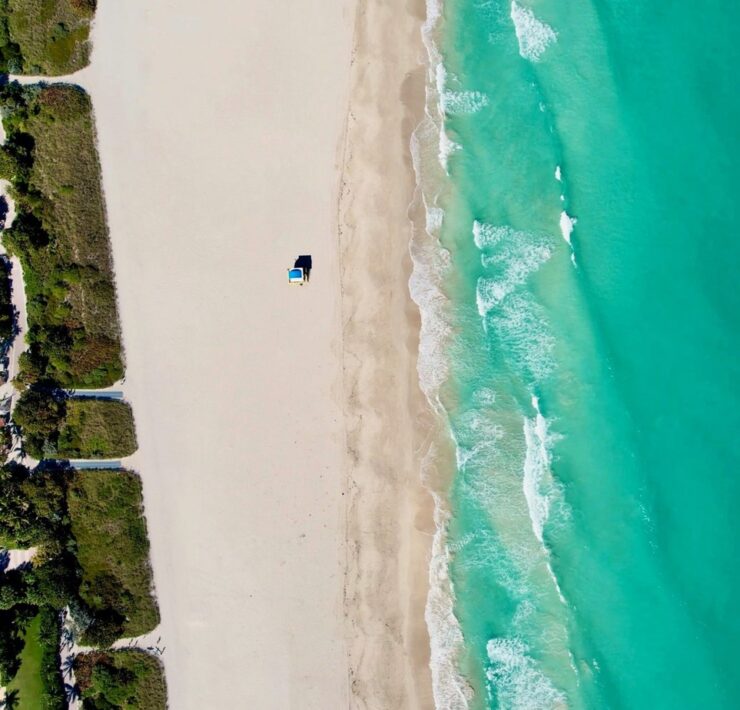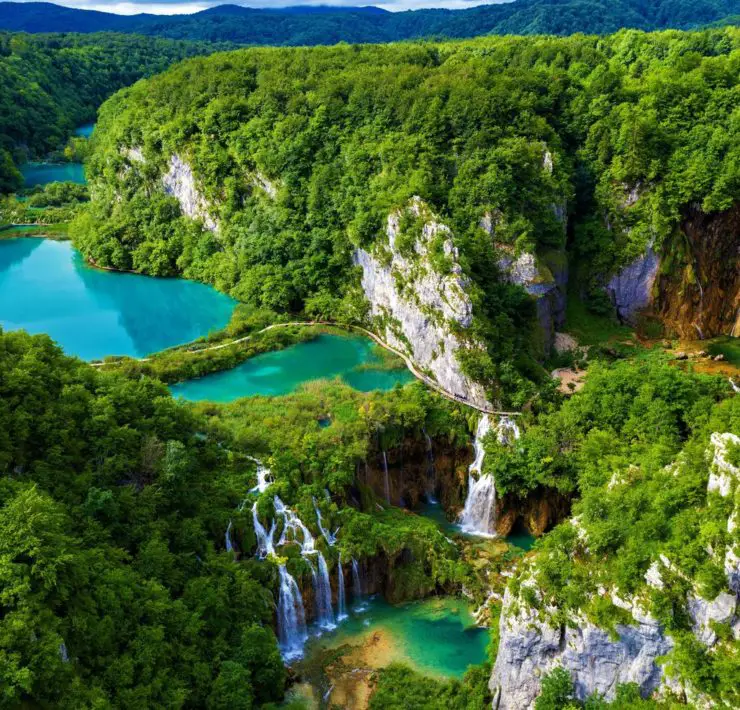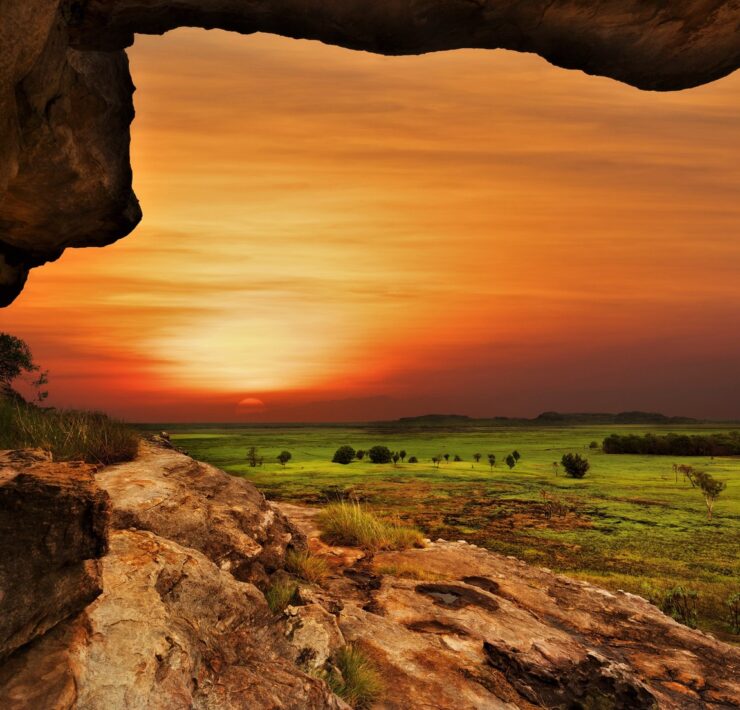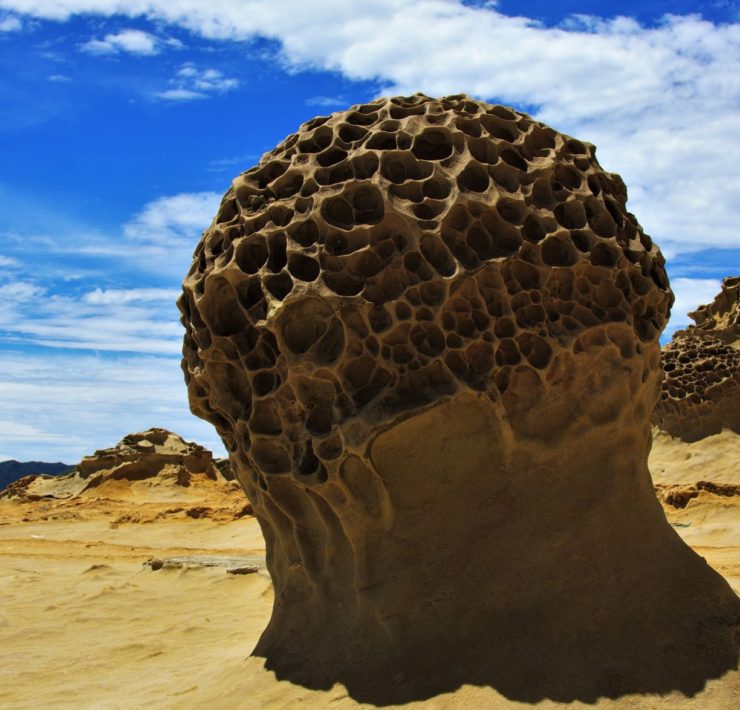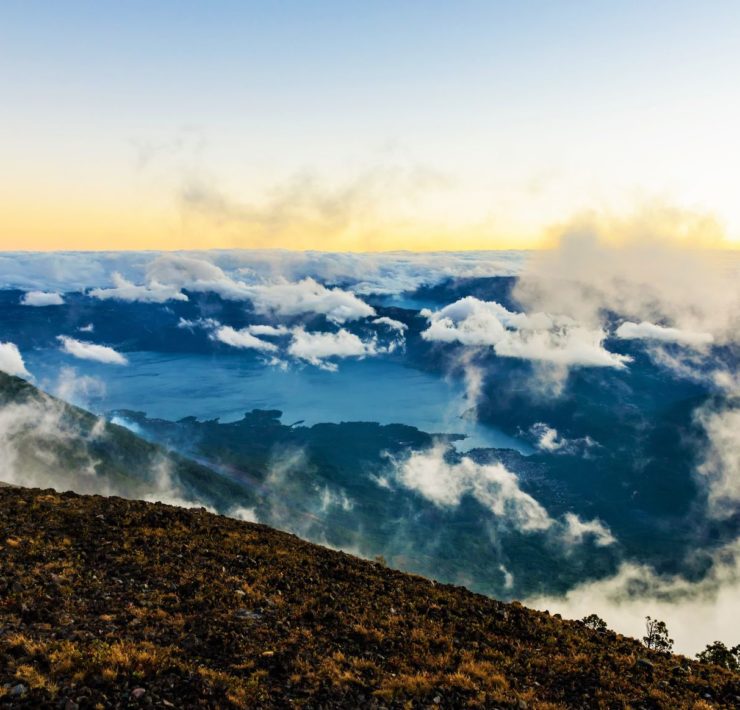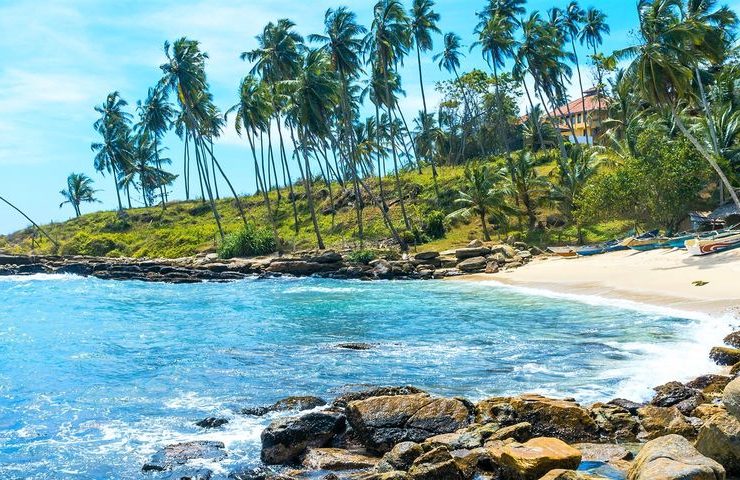The Danakil Depression is the northern portion of the Afar Depression, which is also known as the Afar Triangle. It is the geographical depression that has resulted from the occurrence of the three tectonic plates in the Horn of Africa. The location of the Danakil Depression lies in the Afar Region close to the border with Djibouti and Eritrea.
The area is mainly referred to as the cradle of the hominids consequent to Donald Johanson and his associates finding the famous Lucy Australopithecus fossil in 1974.
The Danakil Depression is one of the hottest places on the earth when it comes to year-round typical temperatures. There is no rain for the majority of the year in this location and it is also one of the lowest places situated on the planet. The place is well known for its extreme heat and volcanoes and has daytime temperatures that exceed 50 degrees Celsius.
Some locals do reside in the Danakil Depression as they engage in salt mining. The local geology is categorized by tectonic and volcanic activity, discontinuous erosion, and a variety of climate cycles.
There are several lakes at the Danakil Depression created by lava flows and are inhibited up multiple valleys. Amongst these is the Lake Afrera, which consists of thick salty coatings on its banks. The area is situated towards the east, next to the Dancal Alps, which consists of a smooth mountain system that has a variety of volcanic cones that peak in height in Mount Ramlo.
The salt canyon located at Danakil Depression is characterized by curious pinnacles and towers. The canyon is made of a variety of elements including mainly sodium chloride, salt, magnesium, and potassium. The location of this canyon is situated along the border between Eritrea and Ethiopia, which is in the heart of the Danakil Depression.
This location is the most extraordinary feature of the Danakil Depression with the pillars of salt having been formed through erosion. The mountains of salt differ in pinkish tones because of the shifting levels or potassium salt and halite bonds over time.
Yellow Lake is a geological jewel that consists of waters that are colored by minerals. This location portrays presence of gas bubbles from the underground. It has obtained its name from Italian geologists who chose to give it this name because of its red, supersaturated waters, which make the rocks at the bottom look yellow. In this area you will usually notice water gurgling. This does not happen because of the temperature, but because of the bubbles of gas that come from underground.
One thing that may put you off about the Yellow Lake may be the bubbling and its colors, which do not make the lake look very inviting. You will find the yellowest part of the lake is the non-stop bubbling and the shimmer of the sun rays on the surface of the acidic lake just adds to the yellow color. Also known as the Sulphuric Lake, the Yellow Lake is a destination located in the Danakil Depression that shouldn’t be missed. The miracle of the Yellow Lake is caused by the high sulphur that is situated in the volcanically active region.
When On Earth Magazine is for people who love travel. We provide informative travel guides, tips, ideas and advice regarding places to see, things to do, what to taste, and much more for world travelers seeking their next dream vacation destination.

